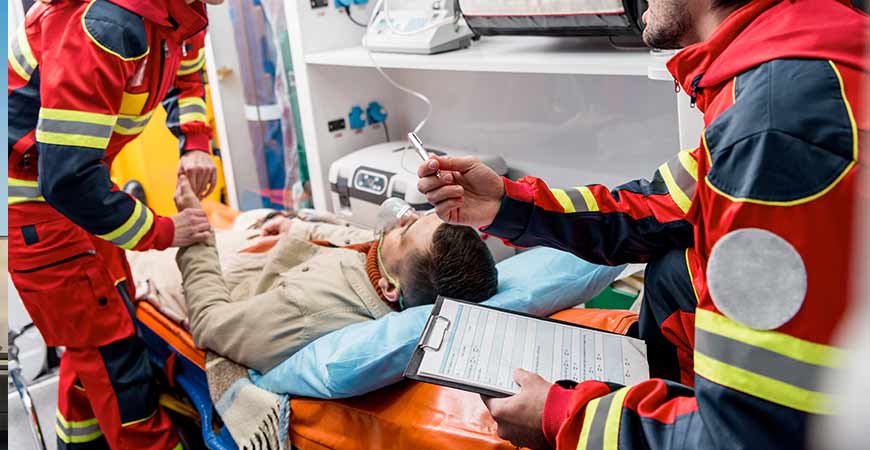In Duluth, TX, premises liability cases, the property owner is liable for injuries sustained by visitors on their property due to an unsafe condition, such as a faulty sidewalk or stairs. This is in contrast to general negligence where the person who caused the injury is liable. Premises liability refers to a legal theory that makes a property owner liable for injuries sustained by visitors on their property due to unsafe conditions. Premises liability cases are different than general negligence because the person who injured you must prove that the property owner had actual or constructive notice of the dangerous condition and failed to take corrective action. If that person fails to meet those burdens, then the property owner is not liable. This article explains what premises liability is and why it matters in personal injury cases. Keep reading to learn more about this complex topic and what it could mean for you if you’re injured on someone else’s property.
What is Premises Liability?
In a nutshell, premises liability is a legal theory that makes a property owner liable for injuries sustained by visitors on their property due to an unsafe condition. This is in contrast to general negligence where the person who caused the injury is liable. Premises liability refers to a legal theory that makes a property owner liable for injuries sustained by visitors on their property due to an unsafe condition. It’s important to note that premises liability does not apply to all personal injury cases. Instead, it’s used when injuries occur as a result of an unsafe condition on someone else’s property. Premises liability is a very broad theory that can be applied to many different types of cases. In personal injury cases, the person injured must prove that the property owner had notice of the dangerous condition and failed to take corrective action. If that person fails to meet those burdens, then the property owner is not liable. This article explains what premises liability is and why it matters in personal injury cases.
What does the law require in premises liability cases?
In order to win a premises liability case, the injured person must prove that the property owner had notice of the dangerous condition and failed to take corrective action. The property owner must also have had a reasonable amount of time to correct the problem. If the property owner has not had a reasonable amount of time to correct the problem, then the injured person does not win. In order to prove notice, the injured person must show that the property owner had actual or constructive notice of the dangerous condition. Actual notice means the property owner must have been aware of the specific dangerous condition and its location. Constructive notice means the property owner had a reasonable amount of time to correct the problem and failed to do so. In order to prove that the property owner failed to take corrective action, the injured person must show that the property owner could have corrected the dangerous condition but failed to do so. This would include things like repairing the dangerous condition or notifying the injured person of the problem.
How do you avoid being liable in a premises liability case?
In order to avoid being liable in a premises liability case, the property owner must prove that they did not have notice of the dangerous condition and failed to take corrective action. In order to do this, the property owner must prove that they took reasonable precautions to keep visitors safe. This includes things like having well-lit areas, having adequate security, and cleaning up spills. The property owner must also prove that the dangerous condition could not have been discovered with reasonable care. This means that the property owner must prove that the dangerous condition was hidden or out of the ordinary. The property owner must also prove that the injured person failed to take reasonable precautions to protect themselves. The injured person must prove that they used reasonable care to protect themselves from the dangerous condition.
Wrapping Up
In order to win a premises liability case, the injured person must prove that the property owner had notice of the dangerous condition and failed to take corrective action. The property owner must also have had a reasonable amount of time to correct the problem. If the property owner has not had a reasonable amount of time to correct the problem, then the injured person does not win. In order to avoid being liable in a premises liability case, the property owner must prove that they did not have notice of the dangerous condition and failed to take corrective action. The property owner must also prove that the dangerous condition could not have been discovered with reasonable care. This means that the property owner must prove that the dangerous condition was hidden or out of the ordinary. The property owner must also prove that the injured person failed to take reasonable precautions to protect themselves.
 Injured? Call Us Now!
Injured? Call Us Now!
